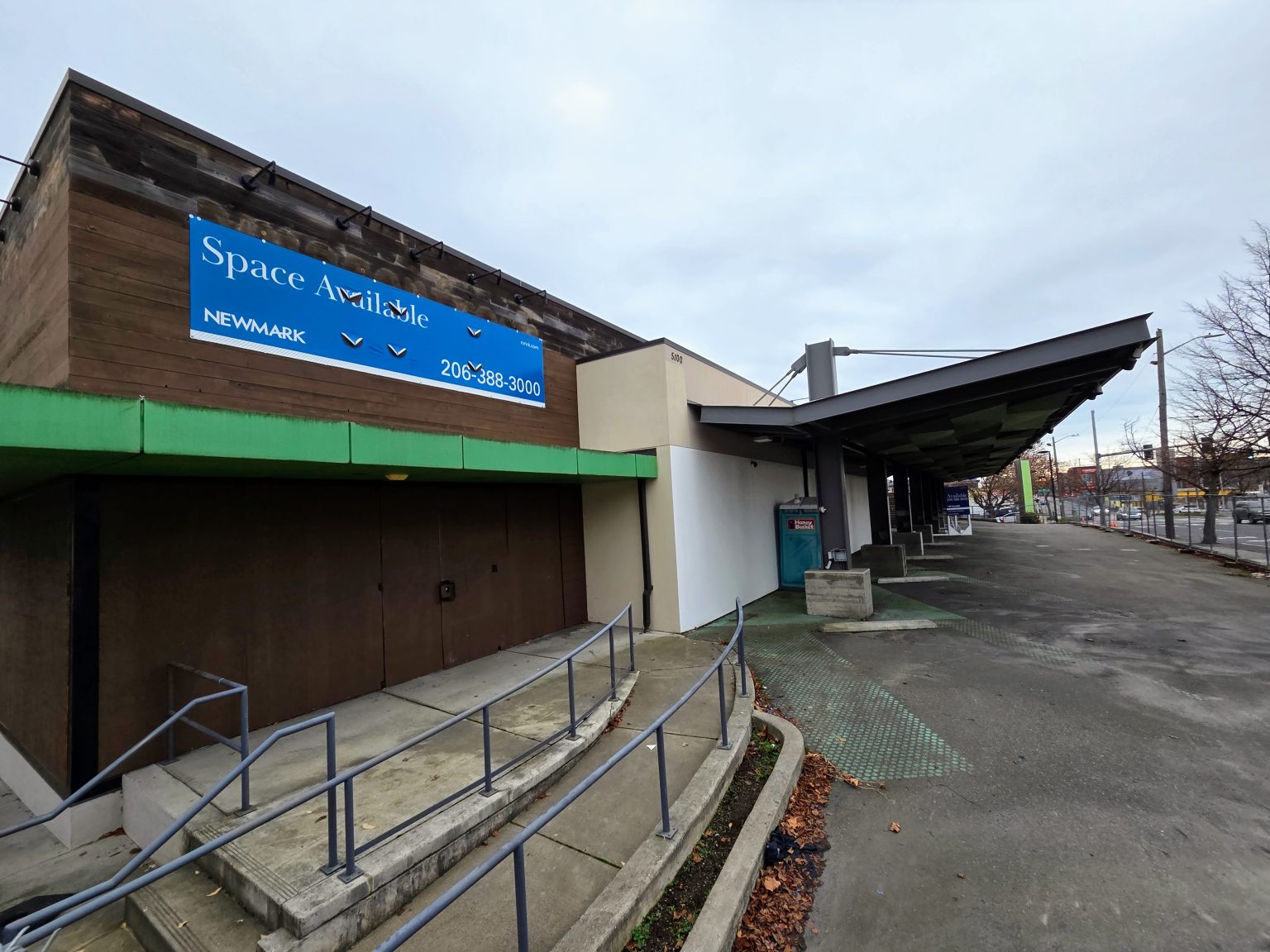Amazon’s New Approach to Lightning-Fast Deliveries in Seattle
In Seattle’s Ballard neighborhood, Amazon is breathing new life into a shuttered Amazon Fresh Pickup location with an innovative delivery concept that blends retail and logistics in a fascinating way. The company is transforming the site at 5100 15th Avenue NW into what permit filings describe as a “retail-style delivery hub” dedicated to rapid dispatch of Amazon Flex drivers. This new operation, code-named “ZST4,” represents Amazon’s latest experiment in the ultrafast delivery space—a store where no customer will ever shop in person, but rather a facility designed to fulfill online orders with unprecedented speed. The site will operate around the clock, with Amazon employees picking and packing items in a back-room stockroom before placing them on shelves at the front, where Flex drivers can quickly collect and deliver them within the surrounding neighborhood. The entire pickup process is designed to take just two minutes, creating a continuous flow of drivers retrieving packages for immediate delivery.
This Ballard location appears to be part of a broader rollout of Amazon’s “Amazon Now” delivery initiative, which promises sub-one-hour deliveries from dedicated pickup locations. Similar sites have been spotted in Seattle’s University District and Philadelphia, suggesting a coordinated expansion of these hyperlocal delivery operations. What sets this approach apart from traditional Amazon delivery models is both the speed and simplicity of the operation. Rather than loading vehicles for longer delivery routes, drivers cycle through in minutes, some even using personal e-bikes and scooters for deliveries—reflecting the smaller size of orders and short distances involved. The facility will be staffed by four shifts of six to eight Amazon employees each day, handling approximately 240 vehicle dispatches over 24 hours, with peak volumes reaching 15-20 trips hourly. According to the permit documents, the hub will stock “essential items and local products that are in-demand and hyper-focused on the needs of local customers within the community,” potentially including perishable items in cooler displays alongside shelf-stable goods.
Supply chain analyst Marc Wulfraat of MWPVL International views these types of operations as “lab experiments to test if the concept is profitable.” The fundamental challenge with small-format delivery sites lies in the economics: each order tends to be low-value, meaning the combined costs of fulfillment and delivery can consume a large portion of revenue. Amazon has previously struggled with similar models, notably shutting down “Amazon Today” in late 2023—a same-day delivery program where Flex drivers picked up small orders from mall and brick-and-mortar retailers. That service faltered because drivers often departed stores with just one or two items, making the cost per delivery prohibitively high. By operating this new Seattle “store” itself, Amazon hopes to control more variables, including inventory flow, pickup efficiency, and labor requirements, potentially creating a more viable economic model for ultrafast delivery.
Interestingly, this represents the second time this particular building has hosted an Amazon retail experiment. From 2017 until early 2023, it operated as one of only two standalone Amazon Fresh Pickup locations in the United States, offering drive-up grocery retrieval and package returns for Prime members. Amazon closed the site amid a broader retreat from several brick-and-mortar initiatives, shifting focus to other Amazon Fresh stores, Whole Foods, and online grocery delivery. The building has sat vacant since then, making this new concept a reactivation of an existing Amazon property rather than an entirely new location. The company’s strategic language in the permit filings might also serve a practical purpose beyond describing the operation—it could help ensure the facility fits within its retail-focused zoning designation, potentially avoiding a formal change-of-use review that would trigger additional scrutiny and requirements.
Amazon’s experiment comes as numerous competitors explore similar territory in ultrafast delivery. Companies like GoPuff, DoorDash, Uber Eats, Glovo, and FreshDirect all operate variations of quick-commerce or micro-fulfillment networks, often using “dark stores”—retail-style storefronts closed to the public and used solely to fulfill online orders at high speed. This competitive landscape highlights the growing importance of rapid delivery in urban areas, where consumers increasingly expect near-instant gratification for their online purchases. The approach could also serve as a template for areas where officials have begun cracking down on “dark stores” in retail corridors. Cities including New York, Amsterdam, and Paris have moved to regulate or ban micro-fulfillment centers from storefronts, arguing that they decrease urban vitality and violate zoning codes. Amazon’s hybrid model, which emphasizes the retail-like nature of the facility while describing Flex drivers as “customer representatives,” might help navigate these regulatory challenges.
Amazon’s Flex program, now a decade old, utilizes independent contractors who deliver packages using their own vehicles, often described as “Uber for package delivery.” The new Ballard hub represents an evolution of this model, focused specifically on smaller, higher-frequency deliveries that align with Amazon’s larger push into “sub-same-day” delivery. By establishing smaller urban fulfillment centers carrying limited selections of high-demand items, Amazon continues its quest to find the right combination of logistics and economics to make ultrafast delivery viable. While the company hasn’t announced a timeline for opening this new facility, its development signals Amazon’s unwavering commitment to experimenting with new delivery models, even as it scales back other physical retail initiatives. As consumers increasingly prioritize convenience and speed, this latest iteration of Amazon’s delivery ecosystem shows how the e-commerce giant continues to refine its approach to meeting those expectations in ways that might finally solve the profitability puzzle of ultrafast delivery.


